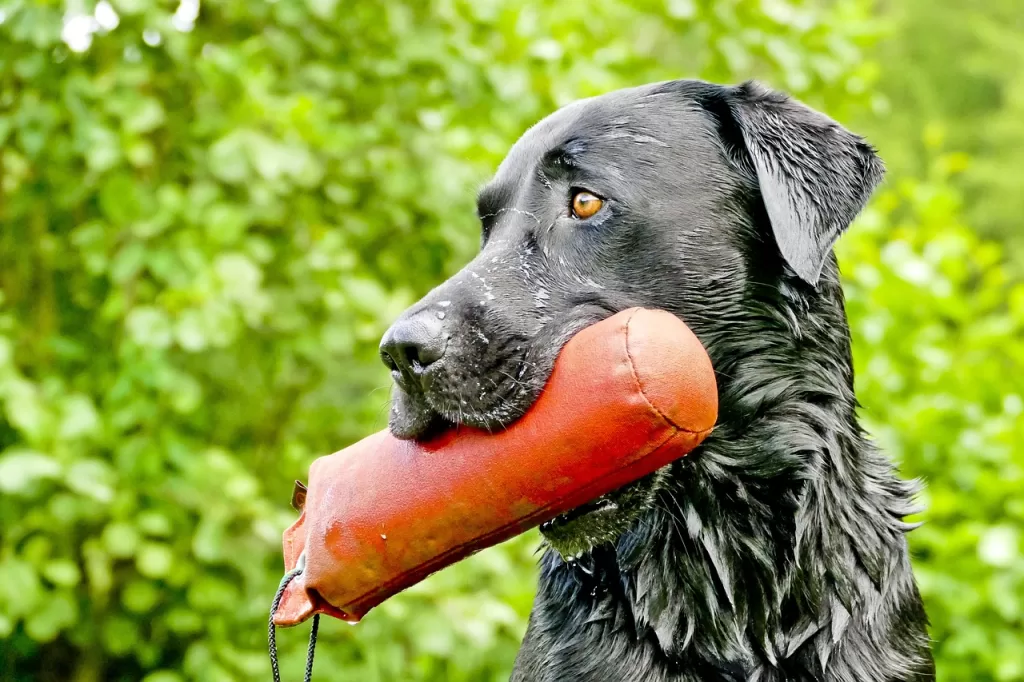Teaching Your Dog to Swim: Water Safety and Fun

For many dog owners, the idea of their furry companion frolicking in the water is a delightful one. Dogs can indeed enjoy swimming, and it can be a fantastic way for them to cool off and exercise. However, not all dogs are born swimmers, and teaching them to swim safely and confidently is essential. In this blog, we’ll explore the joys of teaching your dog to swim, ensuring their water safety, and having a blast together.
The Benefits of Teaching Your Dog to Swim
1. Exercise and Weight Management
Swimming is an excellent low-impact exercise for dogs. It’s easy on their joints and muscles, making it an ideal activity for dogs of all ages. Regular swimming can help maintain a healthy weight and keep your dog in top shape.
2. Mental Stimulation
Swimming engages your dog’s mind and body, offering a unique sensory experience. The sounds, sights, and textures of the water stimulate their senses, providing mental enrichment.
3. Bonding Time
Teaching your dog to swim creates a special bonding experience. As you guide them through the water, they learn to trust and rely on you, strengthening your relationship.
4. Water Safety
Dogs are naturally curious and often encounter water, whether it’s a pool, lake, or river. Teaching them to swim not only enhances their safety but also ensures they can navigate and exit the water confidently.
Preparing for Your Dog’s First Swim
Before you jump into the water with your pup, there are some crucial steps to take:
1. Choose the Right Location
Opt for a calm and shallow body of water for your dog’s first swimming lesson. A pool or a designated dog-friendly beach is an excellent choice. Ensure there are no strong currents or hazards.
2. Get the Right Gear
Invest in a canine life jacket. Even if your dog becomes an excellent swimmer, a life jacket is a safety precaution. It provides buoyancy and helps them stay afloat.
3. Positive Reinforcement
Bring along some of your dog’s favorite treats or toys. Positive reinforcement will encourage your dog to associate swimming with a rewarding and fun experience.
4. Gradual Introduction
Introduce your dog to the water slowly. Start by letting them wade in shallow water while offering treats and praise. Once they are comfortable, gradually move into deeper water.
Teaching Your Dog to Swim
When you’re ready to teach your dog to swim, follow these steps:
1. Stay Calm
Your dog will pick up on your energy. Stay calm and reassuring to prevent any anxiety or fear.
2. Support Them
Hold your dog under their belly, providing support as they paddle. Ensure they are comfortable and confident in the water.
3. Gradual Progress
Start by walking with your dog in the water. Gradually release some of the support, allowing them to paddle on their own. Keep the sessions short and positive.
4. Encourage Play
Once your dog is comfortable swimming, encourage play in the water. Throw a ball or toy for them to retrieve, making the experience enjoyable and fun.
Water Safety and Caution
Water safety is paramount when teaching your dog to swim. Here are some important tips to keep in mind:
- Supervise Always: Never leave your dog unattended in or near the water. Even strong swimmers can get into trouble.
- Rinse After Swimming: Rinse your dog thoroughly after swimming to remove chlorine, salt, or other contaminants from their fur.
- Know Your Dog’s Limits: Some dogs may not enjoy swimming or have physical limitations that make it challenging. Respect their preferences and abilities.
- Regular Check-ups: If your dog is swimming frequently, ensure they have regular veterinary check-ups to monitor their ear health, skin, and overall well-being.
In conclusion, teaching your dog to swim can be a delightful and rewarding experience for both you and your furry friend. By following these steps and prioritizing water safety, you can ensure your dog enjoys the benefits of swimming while staying safe and having lots of fun in the process.
To access further information, please click here: www.valhallk9.com
Teaching Your Dog to Swim: Water Safety and Fun Read More »

